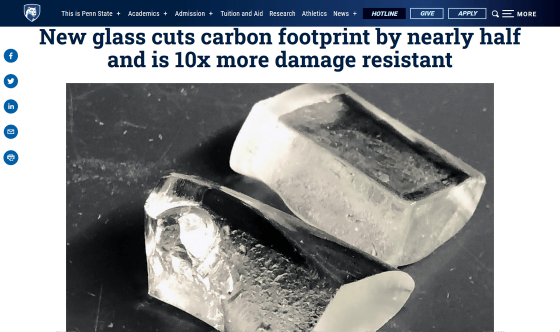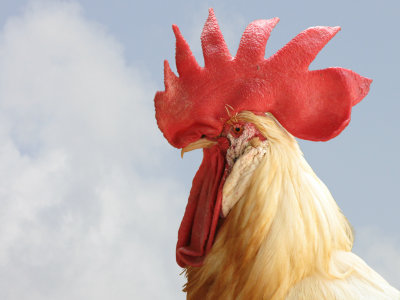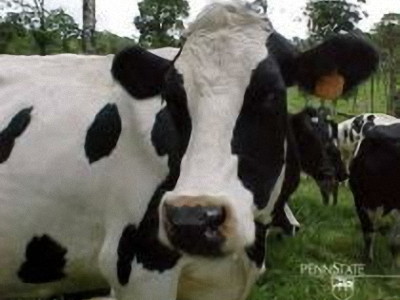`` Lion glass '' that is not gorilla glass is developed, carbon dioxide emissions are halved compared to ordinary glass & cracking resistance is improved 10 times

by
A research team led by Professor John Mauro of Pennsylvania State University, who was involved in the development of gorilla glass , which boasts high transparency and strength exceeding plastic and is used in smartphone and tablet screens, compared to standard glass Dioxide It announced that it has developed ' Lion Glass, ' which cuts carbon emissions in half.
New glass cuts carbon footprint by nearly half and is 10x more damage resistant | Penn State University
https://www.psu.edu/news/research/story/new-glass-cuts-carbon-footprint-nearly-half-and-10x-more-damage-resistant/

Penn State's New Lion Glass Is 10X Tougher & Has Half The Carbon Emissions - CleanTechnica
https://cleantechnica.com/2023/07/05/penn-states-new-lionglass-is-10x-tougher-has-half-the-carbon-emissions/
Carbon dioxide is emitted by various human activities, and in recent years efforts to reduce carbon dioxide emissions to prevent global warming have been attracting attention in various fields. But what many people don't realize is that 86 million tonnes of carbon dioxide are emitted each year from the production of glass, which is used in all kinds of everyday products and buildings.

The glass that is widely used in the world is soda-
Also, when heating the furnace to the temperature at which the glass melts, it uses a huge amount of energy and emits carbon dioxide. Therefore, Mr. Mauro et al. have developed a `` lion glass '' that changes the composition and melts even at low temperatures in order to reduce carbon dioxide emissions in glass manufacturing.
Lion glass requires about 300 to 400 degrees Celsius lower melting temperature than ordinary glass, and it is believed that energy consumption is reduced by about 30%. “Our goal is to make glass production sustainable in the long term,” said Mauro. “Lion Glass eliminates carbon-containing batch raw materials and significantly lowers the melting temperature of the glass.” says.
Mr. Mauro was also a person who was once involved in the development of gorilla glass at Corning , and the name lion glass sounds like an image of gorilla glass. However, the official blog of Pennsylvania State University said that it was named after the mascot of Pennsylvania State University , Nittany Lion .

by
Not only does Lion Glass have a lower carbon footprint, it is also significantly stronger than standard glass. In a crack resistance test using a Vickers hardness tester , which indicates the hardness of an object, a load of about 100g cracks normal glass, but Lion Glass does not crack even when a load of 1kg, which is 10 times the load, is applied. I did. According to the research team, Lion Glass has reached the maximum load that can be tested with a testing machine, so crack resistance may be more than 10 times that of ordinary glass.
Crack resistance is one of the most important considerations when testing glass as it relates to how much damage a material takes to break. With glass, minute cracks that occur on the surface are weak points and break easily over time, but the higher the crack resistance, the longer the glass may last.
“Resistance to damage is an important property for glass,” Mauro said. It is stored in strong and chemically resistant glass packaging, ”he said, appealing that high crack resistance is important.
In addition, the high strength of the glass means that it can maintain sufficient strength even if it is thinner than ordinary glass, which may lead to weight reduction of products. “Lighter products use less raw material and require less energy to manufacture, which is even better for the environment,” Mauro said. It saves a lot of energy, so it's a happy situation for everyone,' he said. From these points, it is expected that the carbon footprint of lion glass will be reduced by half compared to ordinary glass.

The research team is applying for a lion glass patent and is further researching the characteristics and applications of lion glass. ``Humanity learned how to make glass more than 5,000 years ago, and since then, glass has been an important part of building modern civilization,'' Mauro said.
CleanTechnica, a media that introduces environmentally friendly technology, cites potential applications for Lion Glass as 'lighter and stronger cars' and 'durable and lightweight solar panels', and further carbon emissions through applications. claimed to be expected to reduce
Related Posts:
in Science, Posted by log1h_ik







